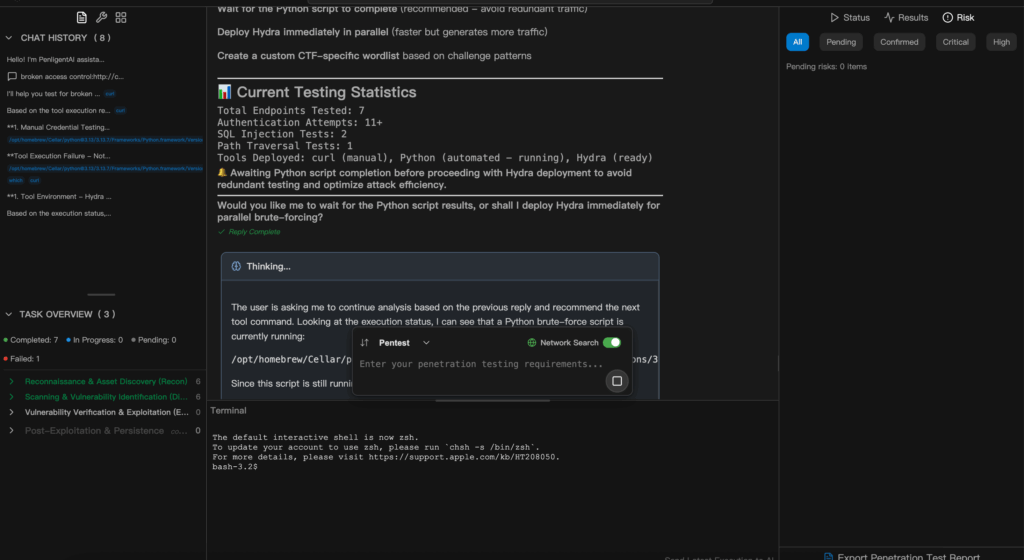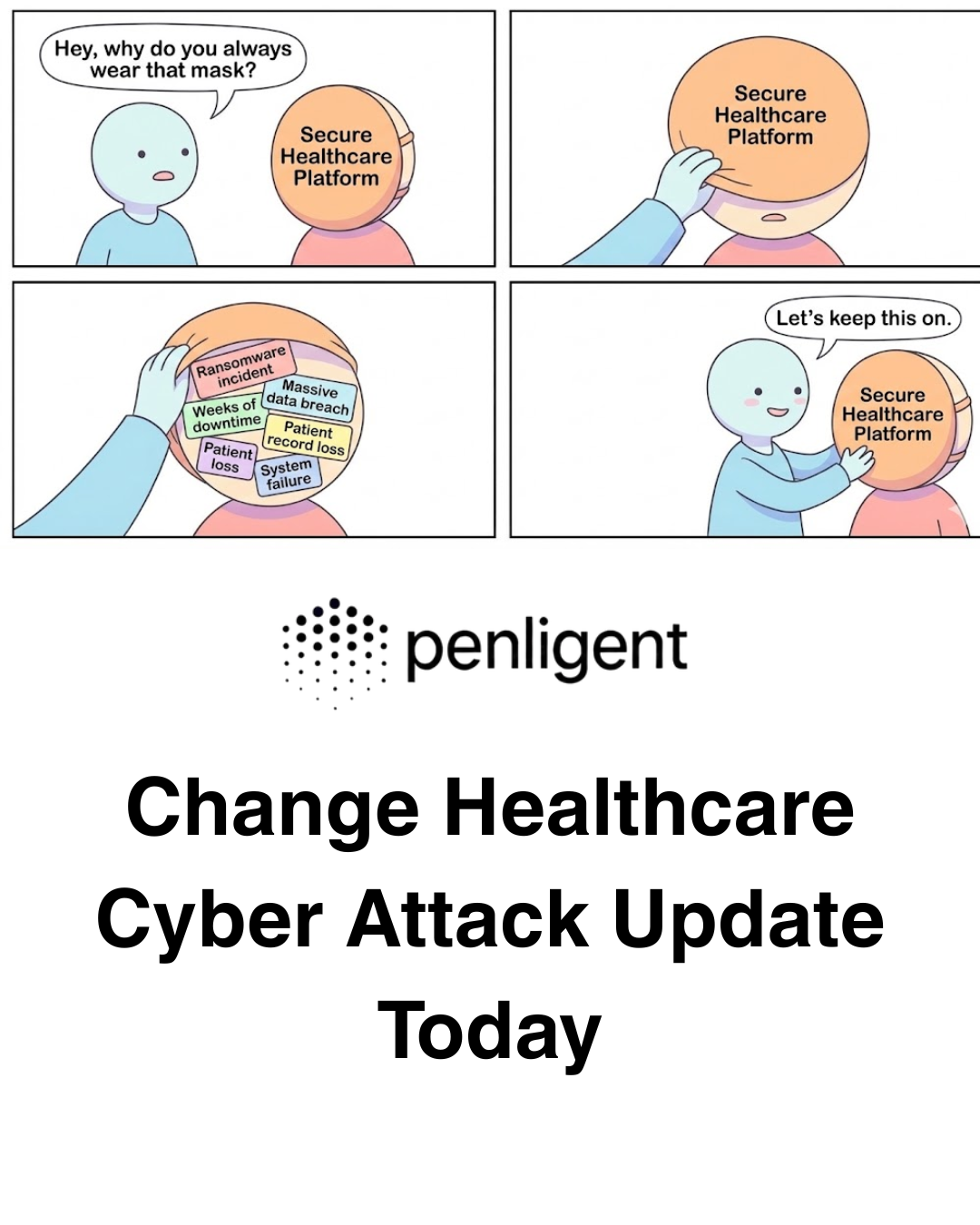
What Is Broken Access Control?
Broken Access Control occurs when an application fails to enforce proper restrictions on what users can see or do.
In other words, attackers exploit logic flaws to access data or actions that should be off-limits — like viewing another user’s records or performing admin tasks without permission.
This vulnerability has topped the OWASP Top 10 list because it’s both common and dangerous. Once access control breaks, the attacker doesn’t need fancy exploits — just a few crafted requests to move horizontally or vertically across privilege boundaries.
Common Examples
| Type | Description | Example |
|---|---|---|
| Horizontal Escalation | Gaining access to other users’ data at the same privilege level. | Changing user_id=1 to user_id=2 to read another user’s profile. |
| Vertical Escalation | Jumping from a normal user role to admin-level permissions. | Modifying a request body to set "role": "admin". |
| IDOR (Insecure Direct Object Reference) | Accessing objects directly without verifying ownership. | Downloading /invoice?id=5678 even if it belongs to another user. |
| Client-side only checks | Relying on hidden buttons or disabled inputs for access control. | A hidden “Delete” button in HTML can still be called through API. |
Developers often lean on client-side controls—hidden buttons, disabled UI elements, or JavaScript checks—because they’re easy to implement and improve the user experience. The problem arises when those front-end rules are treated as the only line of defense: without strict server-side enforcement, every API endpoint becomes an implicit trust boundary. Missing or inconsistent validation of object ownership, role claims, and session tokens means that a crafted request can substitute identifiers, replay tokens, or altered payloads to access or manipulate data that the requester shouldn’t see. When teams also neglect least-privilege principles—granting broad roles, long-lived tokens, or excessive API scopes—the attack surface grows and enforcement becomes brittle across services.
The real-world consequences are severe. Broken access control enables attackers to exfiltrate sensitive customer or corporate data, tamper with records, or delete critical information, any of which can destroy trust and disrupt operations. In many cases, it’s the pivot point for larger compromises: an adversary who can escalate privileges or move laterally may take over entire systems or administrative consoles. Beyond direct damage, these failures frequently trigger regulatory and compliance breaches—exposing organizations to fines and remediation costs under frameworks like GDPR or PCI DSS—and they can leave long-lasting reputational harm that’s far more costly than the initial technical fix.
How to Detect and Prevent It
- Always enforce access control on the server — never trust the client.
- Apply the principle of least privilege — each user or API key should have only what’s necessary.
- Verify object ownership before returning or modifying resources.
- Use unpredictable identifiers instead of sequential IDs.
- Implement role-based access control (RBAC) and consistent validation logic.
- Perform continuous testing with automated tools like Penligent.

Penligent: Natural-Language Detection for Broken Access Control
Penligent lets security teams test for access control flaws with just a natural-language prompt — no code, no scripts.
Example Prompt:
“Check my web application for broken access control vulnerabilities — including horizontal and vertical privilege escalation.”
What happens next:
Penligent automatically:
- Enumerates endpoints and roles;
- Simulates multiple user levels;
- Detects unauthorized access attempts;
- Highlights which APIs or pages are exposed;
- Suggests remediation actions — all without touching production systems.
By combining AI reasoning and rule-based validation, Penligent delivers defensive insight in minutes, not hours.
Key Takeaway
Broken Access Control isn’t just a coding mistake — it’s a design flaw that automation can now detect early.
With Penligent, you can move from “reactive fixing” to proactive prevention, using plain English to audit your applications safely and intelligently.


